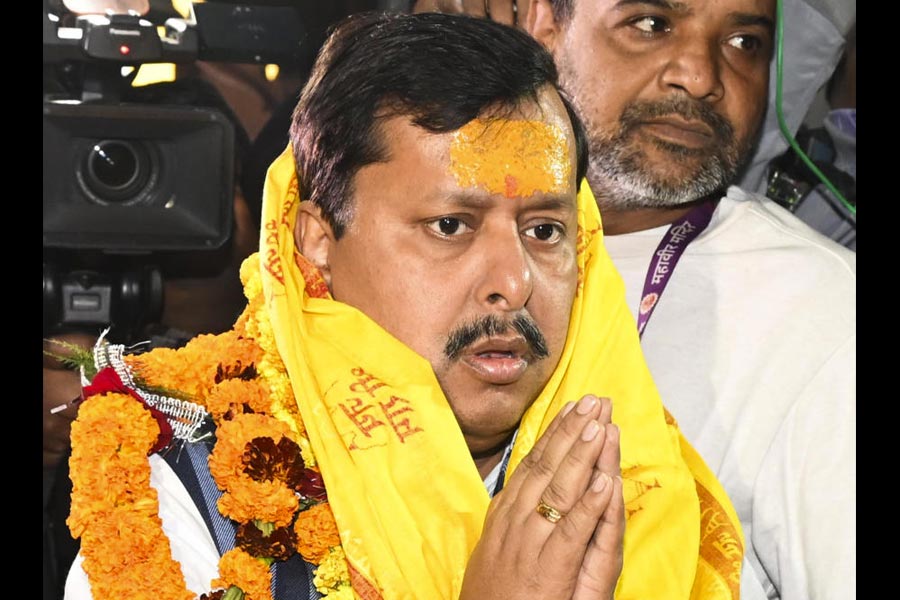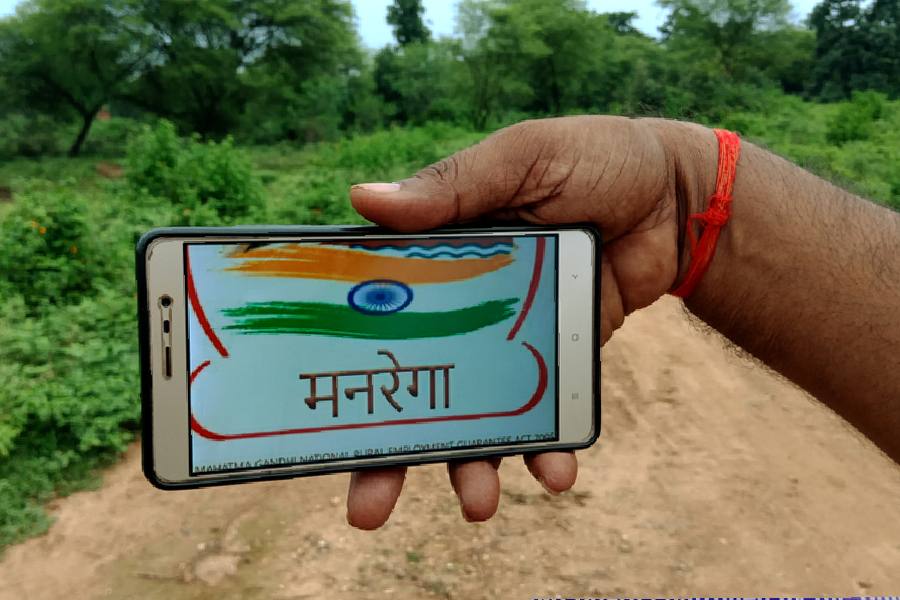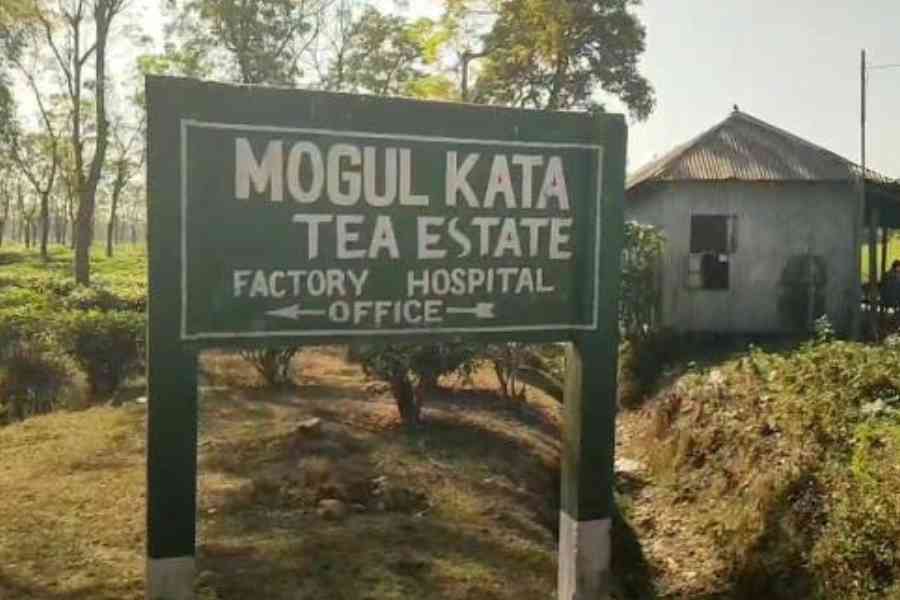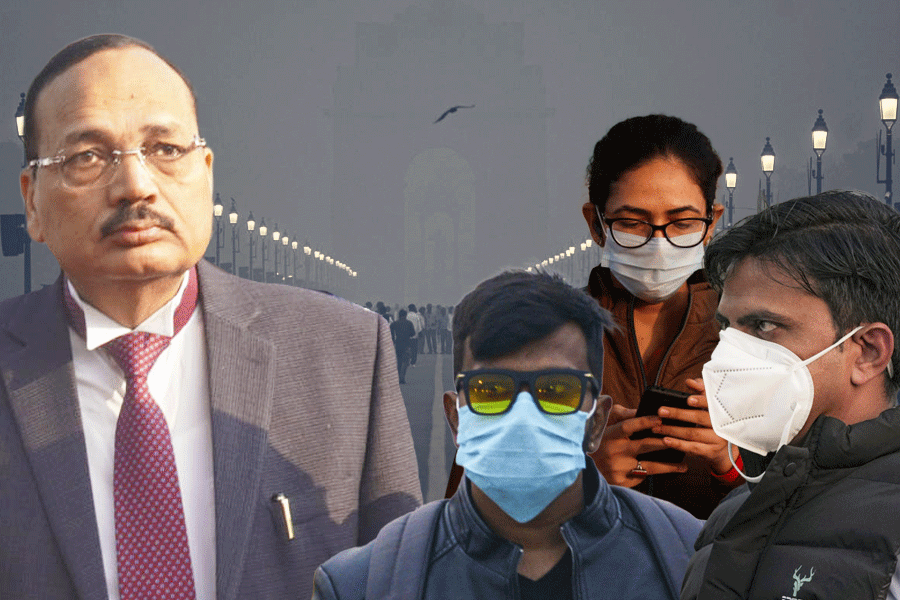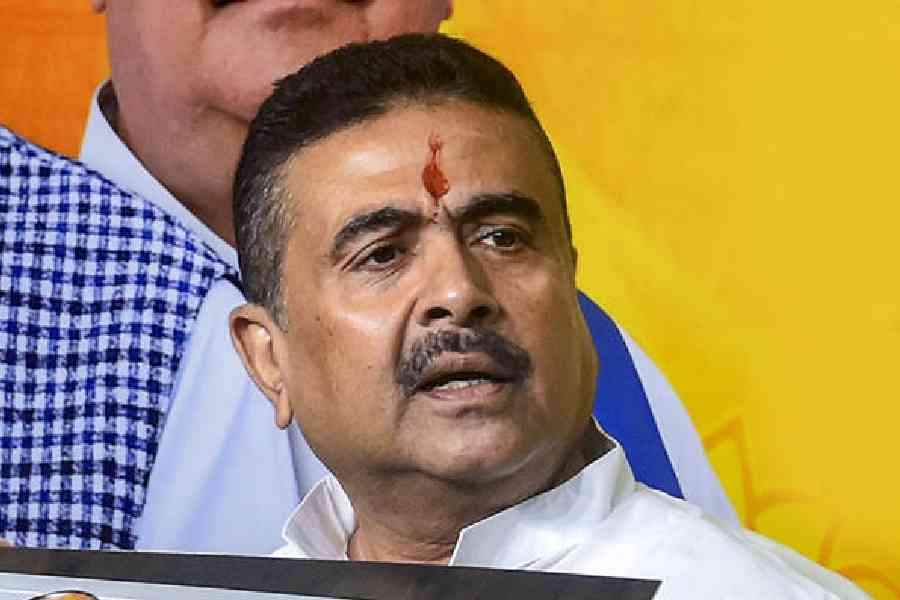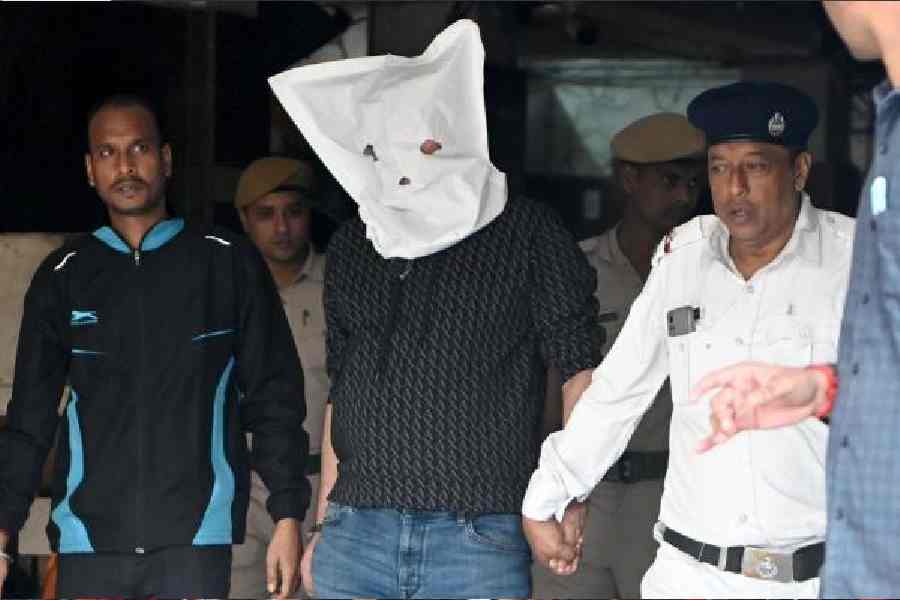 |
Bhubaneswar, April 10: When you come to see the majestic Pradhanpat falls near Deogarh and feel proud of its scenic beauty and the historicity attached to it, the tale of the former princely state Bamanda or Bamra comes to mind automatically through the music of the cascading water.
For the history, the fall and the district headquarter town, the waters of Pradhanpat has a special meaning.
Formerly known as Debagada, the appearance of the town has undergone a sea change, but the saga of its foresighted rulers is still there to tell many firsts that happened in the state of Orissa, in eastern India and also in the entire country.
Bamanda was the first princely state to introduce postal service, telegram and electricity in India. Jagannath Sahitya Sansad is still actively inspiring and promoting local talents in the fields of art and culture, which was a combined effort of some patriotic and creative people such as Jagamohan Mishra, Yogesh Dalbehera, Prafulla Giri, Madhusudan Guru, Durga Prasad Dwivedy and Prafulla Mahapatra.
Since time immemorial, Pradhanpat waterfall has been decorating the town and supplying clean drinking water to its citizen. The Pradhanpat Utsav is celebrated annually near the fall, which represents a special bond with the stream and the place.
In a nutshell, the history of Deogarh and the waterfall is deeply connected with each other.
The rulers of this princely state belonged to Ganga dynasty. They were one of the extended families of the Gajapatis of Puri. Raja Shri Basudeb Sudhal Deb (1869-1903) was an enlightened ruler as he did much to further the conditions in his princely state and for the cause of Oriya nationalism.
His contribution was more towards literature, education and art. He established an educational institution, which is currently well known as Raja Basudev High School.
Bamanda, the citadel of creative artists, dates back to 5th century A.D. when Mathura royal family was at the helm of the administration. After that, Ganga rulers came into power and established their capital at Deogarh, it attained all-round prosperity during the reign of Sudhal Deb.
It was during his rule that a jail, a police station, post offices and dispensaries were established and irrigation system was introduced. He had a telephone line of 78 miles connecting Bamanda and Barkote in the year1900 and it was the longest in India at that time. Bamanda’s own postal system was also very developed. It got affiliated to the British postal system in 1895. Sir Sudhal had promulgated paper currency in his state.
After him, his son Raja Sachidananda Tribhuban Deb undertook development activities. The most outstanding developmental activity during Tribhuban Deb’s rule was the introduction of the hydroelectric system in Kodarkot waterfall. Following this, the palace, a cloth loom and a sugar factory was established in 1908 at Rambhe.
With a total area of 6,702 square kilometres, the district suffers from non-utilisation of its hugely potential forest resources. While exploring the few forest pockets of Deogarh district, a team of environmentalists from Vasundhara recently came across with different tribes like Gonda, Munda, Kondhs, Kharias and Bhumija and collected the unexplored bio-resources and its application in human well being. The entire region is a rich and unique profile of un-utilised resources of 536 plant species and thousands of animals. Apart from elephants, sloth bear is the dominant mammal found in almost all parts of the district because of its phyto-geography and geomorphic condition.
“Among various biodiversity rich and ecologically balanced locations, Pradhanpat and Kurudkut waterfalls are of historical importance. These waterfalls have a salubrious atmosphere around them. Kurudkut is one of the earliest locations in the country where hydroelectricity was generated, though it is really hard to find the traces of such historical importance of those locations, thanks to the continuous negligence and lack of administrative effort to restore and develop those magnificent and least explored natural beauties,”’ said Prasad Dash, a member of the environmental study team.
Pradhanpat Utsav has been named on the famous waterfall of Deogarh.
It is the main festival of Deogarh held during mid-February every year to attract tourist towards its rich cultural heritage and biodiversity.
Similarly, Dandanatcha and Pana Sankaranti are the other two important festivals of this district.
The Wildlife Institute of India has recommended for establishing a Pradhanpat reserve forest and wildlife sanctuary consisting an area of 105 square kilometres. The district is famous for its traditional healers and vaidyas who play a major role in promoting traditional medicine throughout the state.
For an example, in Baghamunda village of 27 households, four ‘vaidyas’ are instrumental in curing several critical diseases of people coming from different parts of the state.
Khirod Bihari Nayak (26) of Baghamunda village under Kandhal gram panchayat has claimed to have so far cured 800 patients suffering from diseases such as epilepsy, asthma, cough, tuberculosis, jaundice, diarrhoea, malaria and typhoid.
He collects almost 80 different species of plants from Pradhanpat and other parts of the district to prepare medicines.
“For all the simple diseases, villagers never have to go to hospitals. We cure them with herbal formulations. All the leading traditional healers (more than 30 now) gather regularly near the Pradhanpat falls during the first week of every month. We talk about new plants and their curing potentials,” Nayak said.
Secretary of the Orissa Jungle Manch, Hiradhar Sahu, added that the biodiversity of the district included 110 species of birds, 80 species of butterflies, 10 species of mammals and 20 species of snakes.
“We have to make the traditional healers more systematic and interactive. They are meeting each other on monthly basis. But in future, we will work towards getting inter-district and inter-state exposure to strengthen the base and the use of medicinal plants for cure of human diseases,” he added.


